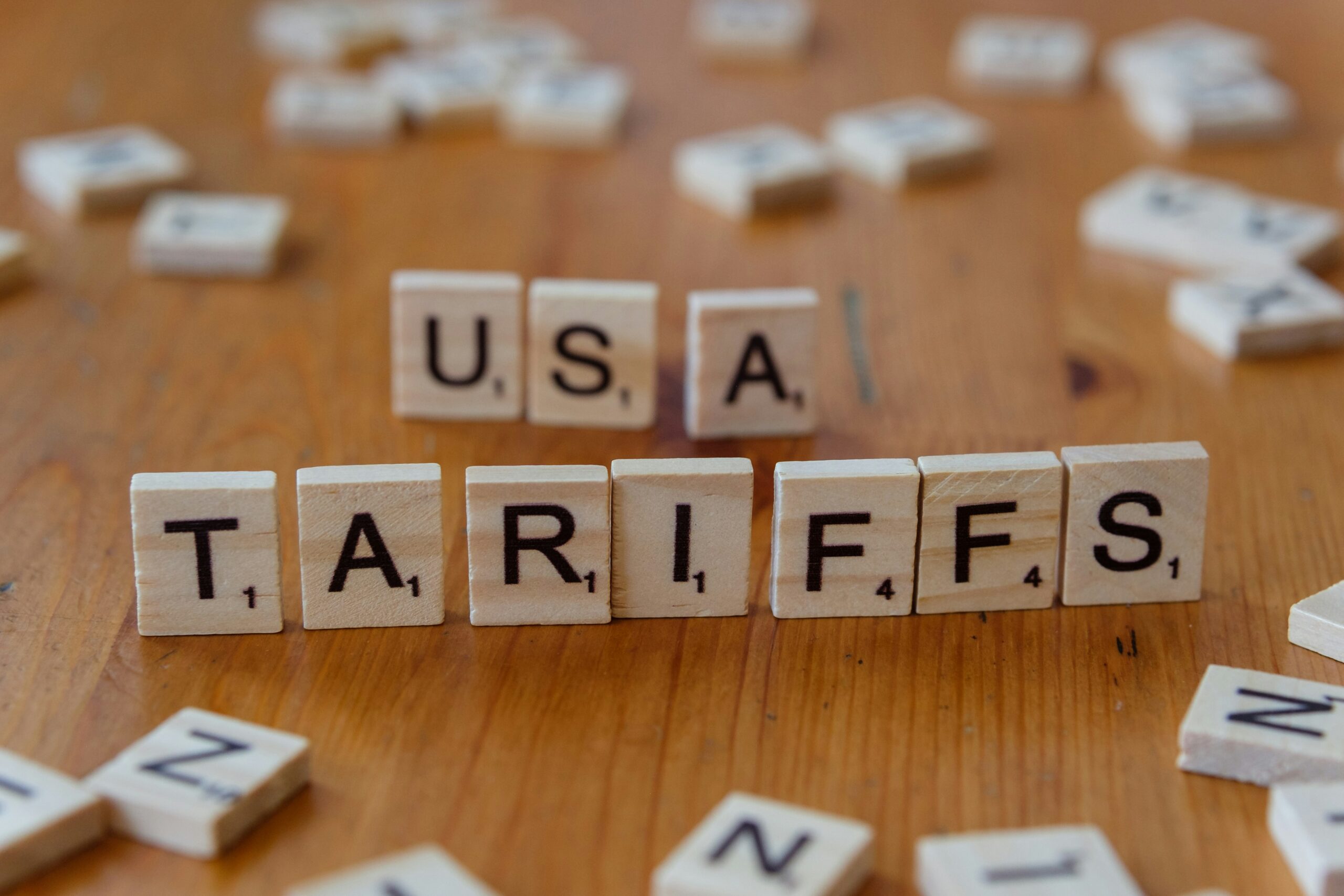How Trump’s Automotive Tariffs Are Reshaping the Mobility Landscape
In April 2025, the Trump administration imposed a sweeping 25 percent tariff on imported vehicles and auto parts, a move that’s already sending shockwaves across the global automotive ecosystem.
Designed to bolster U.S. manufacturing and address long-standing trade imbalances, the tariff is creating ripple effects not only for OEMs and Tier 1 suppliers but also for consumers, international mobility strategies, and future-facing engineering projects. As mobility companies navigate this shifting terrain, understanding the broader implications is more crucial than ever.
Rising Vehicle Costs and a Shift in Consumer Behaviour
One of the most immediate outcomes of the new tariffs is vehicle price hikes across the board. Analysts estimate that new cars could become two to four thousand dollars more expensive on average, with budget-friendly models climbing by two and a half to five thousand dollars and premium vehicles seeing increases as high as twenty thousand dollars.
This sudden inflation has triggered a wave of early purchases, as consumers scramble to buy before the price surge sets in. But that demand surge is expected to be temporary, and once it passes, automakers may face a sharp slowdown in sales.
Automakers Are Scrambling to Adapt
For major manufacturers, the pressure is on to localize production. General Motors has already announced an increase in output at its Indiana plant, adding hundreds of new jobs to meet domestic demand. Nissan is following suit with similar adjustments to its manufacturing strategy.
Yet not all brands can pivot easily. Porsche, for example, has reported an eight percent drop in global deliveries, citing market volatility driven in part by tariff-related concerns. For manufacturers with global supply chains or limited U.S. operations, these policy shifts demand urgent strategic recalibration.
Economic Fallout with a Thirty Billion Dollar Price Tag
While the tariffs are presented as a boost for American industry, economists warn they could cost U.S. consumers more than thirty billion dollars in the first year alone. Higher vehicle prices and slower sales are only part of the picture. Some experts suggest these policies could increase the risk of a broader economic downturn, especially when combined with federal downsizing and tightened immigration regulations.
A Divided Industry with Mixed Reactions
Industry leaders are split in their responses. Elon Musk has voiced strong opposition, advocating for a zero-tariff trade environment and warning about the risks to U.S. exports, particularly as China considers countermeasures that could impact electric vehicle markets.
Others see the tariffs as a necessary measure to protect American manufacturing and jobs. For automotive executives, the real challenge lies in balancing political and economic realities with the practical need to remain competitive in a global market.
What This Means for the Future of Mobility
For mobility companies expanding into new markets, launching new technology, or managing global talent flows, these tariffs introduce new challenges that demand strategic agility.
Hiring and Mobility: Competition for U.S.-based technical talent is intensifying. Businesses may need to speed up hiring timelines and build more resilient local teams to maintain project momentum.
Cost Pressures: As vehicle and component costs rise, companies must optimize both supply chains and workforce strategies to maintain profitability.
Strategic Planning: Product launches, market entry plans, and R&D investments may need reassessment to account for the evolving economic landscape.
Final Thoughts
Trump’s 25 percent auto tariff may aim to strengthen American industry, but its effects are reshaping the entire mobility sector. From supply chain decisions to hiring strategies, mobility companies must stay alert and adaptable.
At Akkar, we specialize in helping engineering and technology leaders navigate these complexities. Whether you need to build specialist teams quickly, scale into new markets, or improve hiring efficiency, we are ready to support you with recruitment and mobility solutions designed for the future of mobility.







